Curiosity might have killed the cat, but sometimes, it’s our own curiosity that can get us into sticky situations. You might find yourself enchanted by the fluffiness of certain wild animals, their cute antics playing out like a scene from a Disney movie. However, tempting as it may be to reach out and pet them, these animals are best admired from a safe distance. Here are 15 adorable creatures that you should absolutely resist the urge to pet, no matter how inviting they might seem.
1. Red Panda
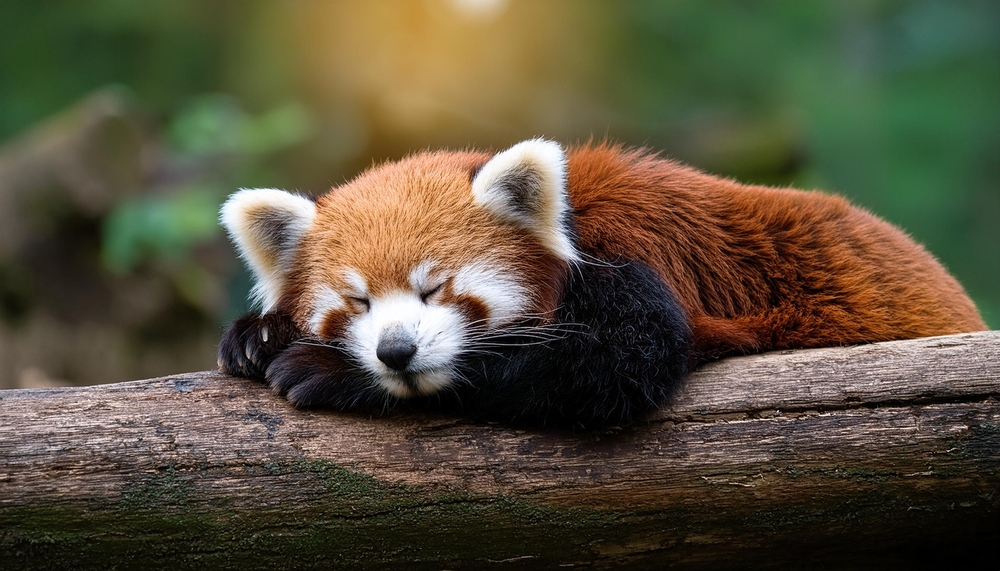
The red panda looks like it burst out of a storybook with its russet fur and ringed tail. Its cuteness factor is off the charts, especially when you catch it munching on bamboo or rolling around in the snow. However, despite their cuddly appearance, red pandas are wild animals with sharp claws and teeth designed for climbing and foraging. They might not attack unprovoked, but if cornered or threatened, they can certainly defend themselves effectively.
Wildlife experts, such as those from the World Wildlife Fund, highlight the importance of maintaining a respectful distance from red pandas to avoid causing them stress or inadvertently spreading diseases. Red pandas are also solitary animals and contact with humans can disrupt their natural behavior. Conservationists emphasize that our fascination with these creatures should be channeled into supporting habitat protection rather than physical interaction.
2. Arctic Fox
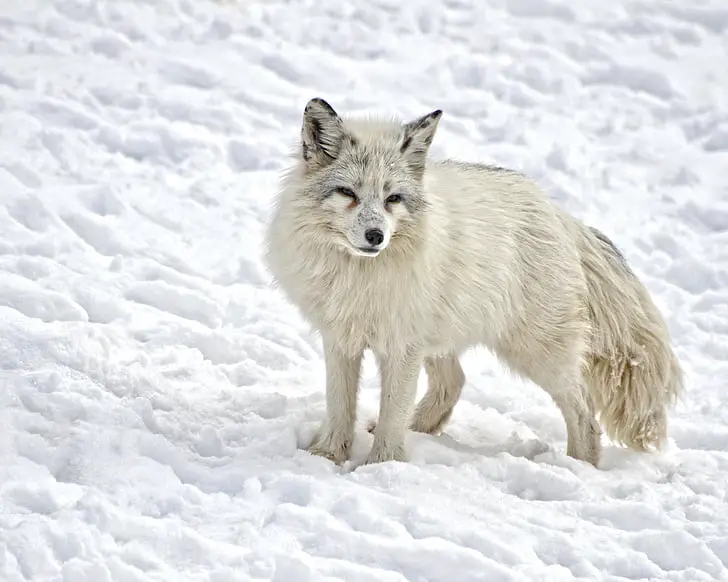
With its pristine white coat and soulful eyes, the Arctic fox looks like a plush toy come to life. These foxes have adapted to survive the harshest climates, making them appear both tough and adorable. While they might casually trot up to humans in some Arctic communities, this doesn’t mean they’re safe to touch. They can carry diseases like rabies, which is a significant health risk for humans who get too close.
The mere presence of humans can disrupt their hunting and feeding patterns, which are finely tuned to the Arctic’s challenging environment. Additionally, human interaction has been known to make them more vulnerable to predators and poaching. So, while it might be hard to resist their charms, it’s crucial to keep interactions non-intrusive and prioritize their natural behavior and survival over our curiosity.
3. Slow Loris
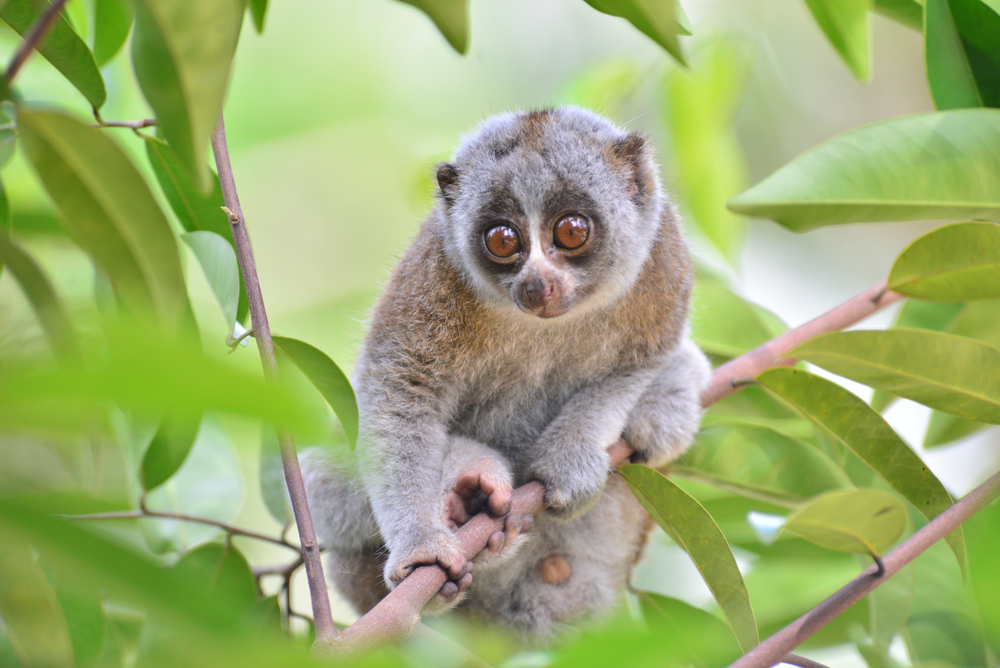
The slow loris, with its big eyes and gentle demeanor, might seem like the perfect animal companion. Videos of these nocturnal primates tend to go viral, enchanting the internet with their seemingly placid nature. However, there’s a dark side to their allure — slow lorises possess a venomous bite. Their toxin, produced by glands on their elbows, can cause severe allergic reactions in humans.
According to the International Animal Rescue organization, the demand for slow lorises as pets has led to a surge in illegal wildlife trade, significantly harming their populations. This illegal trade often involves removing their teeth to prevent bites, causing immense pain and suffering. By resisting the temptation to handle or capture these creatures, you can contribute to efforts to protect and preserve their natural habitats.
4. Swan
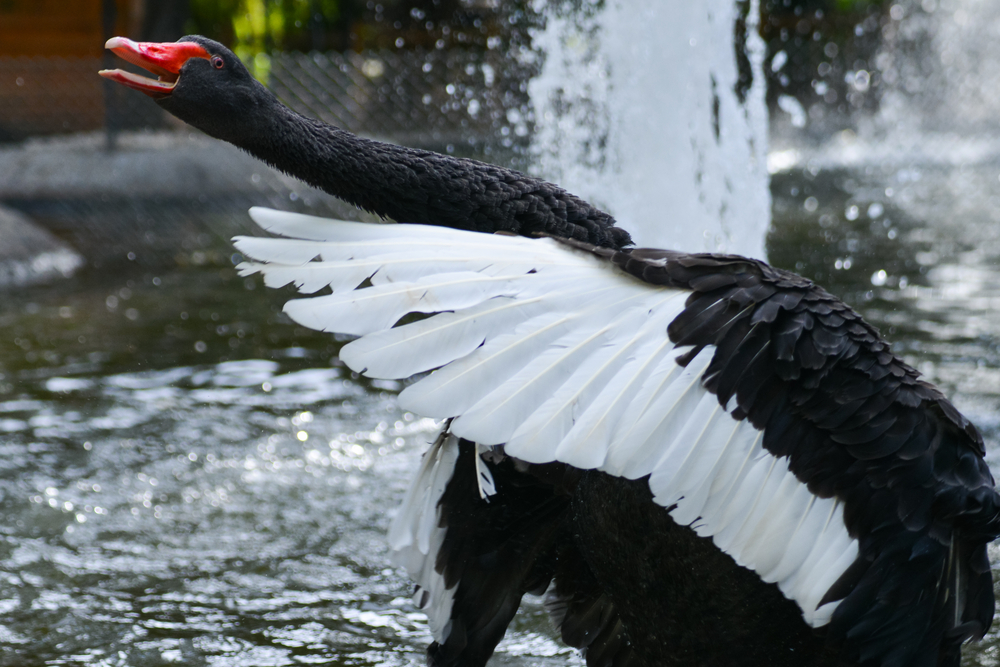
Swans epitomize grace and beauty, often seen gliding elegantly across lakes and ponds. Their striking white feathers and regal posture can make anyone want to get closer. However, swans are fiercely territorial creatures, especially when they’re nesting. Approaching them can result in surprising aggression aimed at protecting their space and young.
Their powerful wings are capable of delivering strong blows to perceived threats, making it advisable to admire them from a safe distance. Interactions with humans can also lead to stress and behavioral changes. While feeding swans might seem harmless, it can disrupt their diet and natural foraging habits, leading to long-term health issues.
5. Platypus
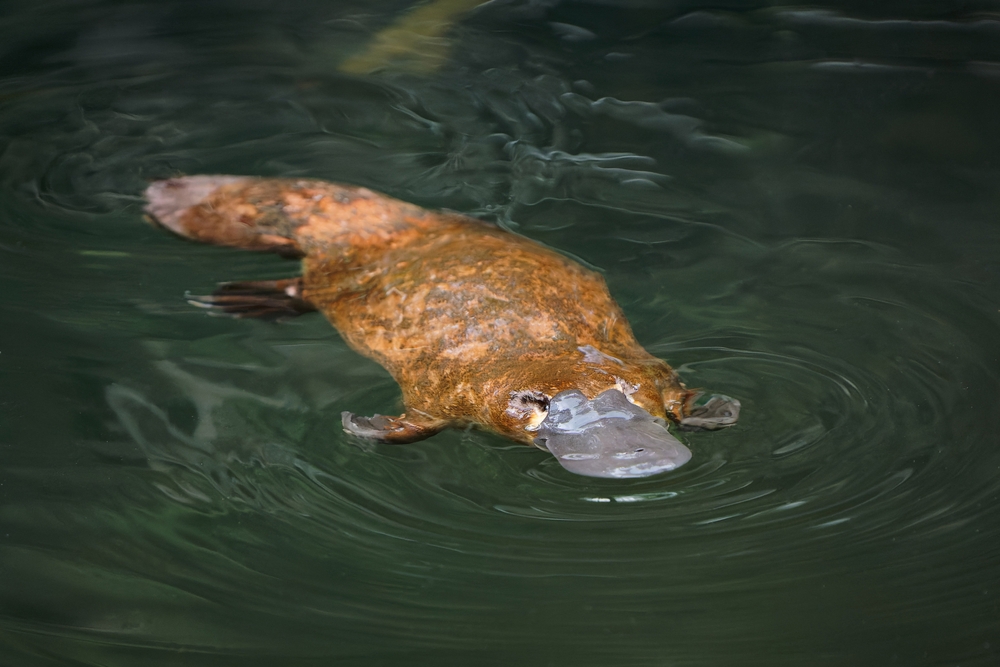
The platypus is one of nature’s most endearing oddities, boasting a duck bill, beaver tail, and otter-like feet. Its whimsical appearance makes it a standout in any wildlife documentary. Yet behind its quirky exterior lies a potentially dangerous secret: the males are equipped with venomous spurs on their hind legs. A sting from these spurs can cause excruciating pain and swelling that lasts for weeks.
According to research published in the *Journal of Zoology*, the venom’s effects on humans are severe and resistant to many forms of pain relief. This serves as an important reminder that not all charming creatures are safe to interact with. Maintaining a respectful distance not only keeps you safe but ensures these unique animals can thrive in their natural environments without human interference.
6. Raccoon

Raccoons might look like mischievous little bandits with their masked eyes and nimble paws. They’re often observed rummaging through garbage cans or exploring urban areas for food, displaying an undeniable cuteness. But don’t let their antics fool you — raccoons are wild animals with sharp claws and teeth. They can become aggressive if cornered or threatened, posing a risk to those who attempt to approach them.
Apart from their physical defenses, raccoons are common carriers of diseases like rabies and leptospirosis, which can be transmitted to humans. Feeding or handling them can lead to dependency or alter their foraging behaviors, ultimately impacting their survival. Admiring raccoons from afar ensures their safety and yours, maintaining the delicate balance between wildlife and urban environments.
7. Dingo
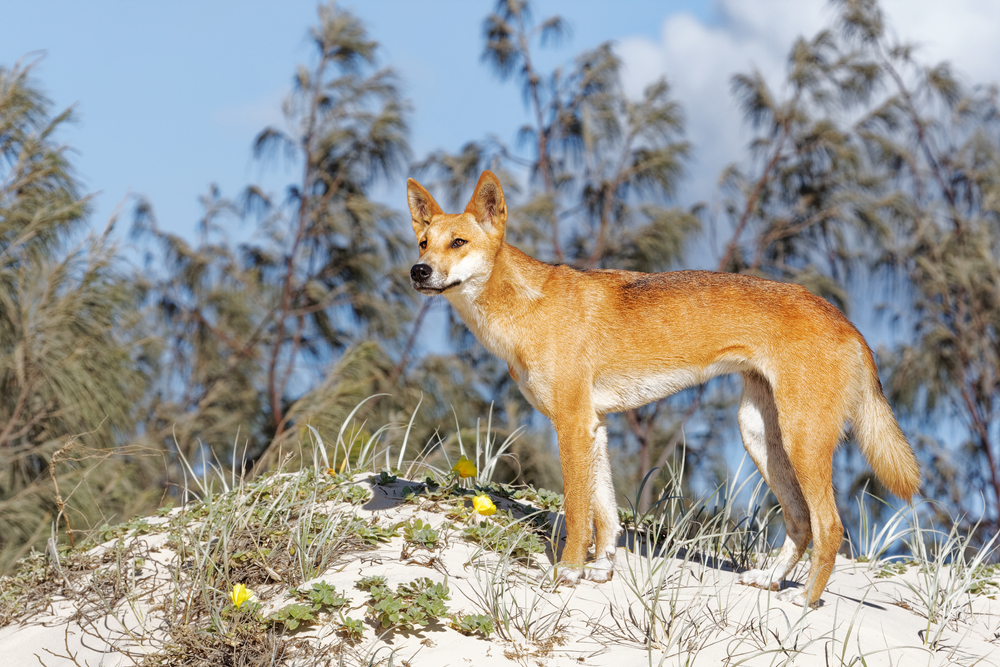
Dingoes might look like friendly, medium-sized dogs with their pointed ears and bushy tails. In reality, they are wild canines native to Australia, with behaviors and instincts quite different from domesticated dogs. They are known to approach humans, particularly in tourist areas, but this doesn’t mean they’re safe to pet. Dingoes can be unpredictable and have been known to attack if they feel threatened or provoked.
Research from the University of New South Wales highlights the importance of coexisting with dingoes without direct interaction, as human presence can lead to negative consequences for the animals. Feeding dingoes, for instance, can cause them to lose their natural fear of humans and become dependent on handouts, which may lead to dangerous encounters. Observing dingoes from a safe distance helps preserve their wild nature and ensures a harmonious relationship between them and humans.
8. Sloth
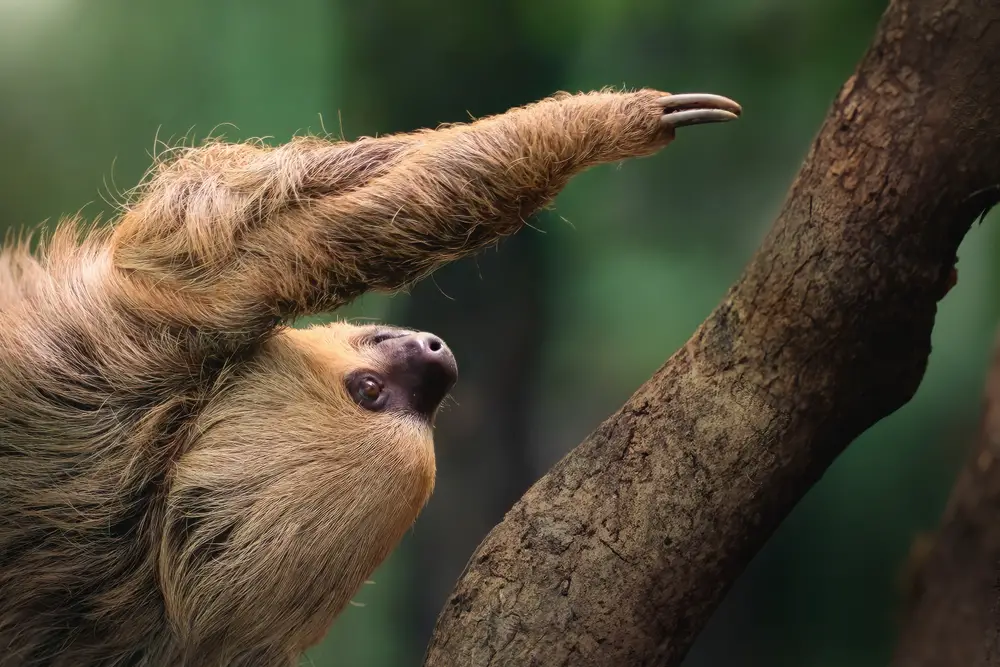
Sloths are the embodiment of slow and steady with their leisurely movements and peaceful expressions. Their gentle demeanor and seemingly permanent smile have made them a symbol of tranquility. However, despite their laid-back reputation, sloths are not suitable animals to handle. Their long claws are designed for gripping tree branches, not for interacting with humans, and they can become stressed or frightened when touched.
Sloths are also susceptible to human-transmitted diseases due to their slow metabolism and limited immune response. Handling them can disrupt their natural behaviors and stress them out, leading to health complications. To truly appreciate these remarkable animals, it’s best to observe them in their natural habitats, where they can continue their unhurried lives undisturbed.
9. Fennec Fox
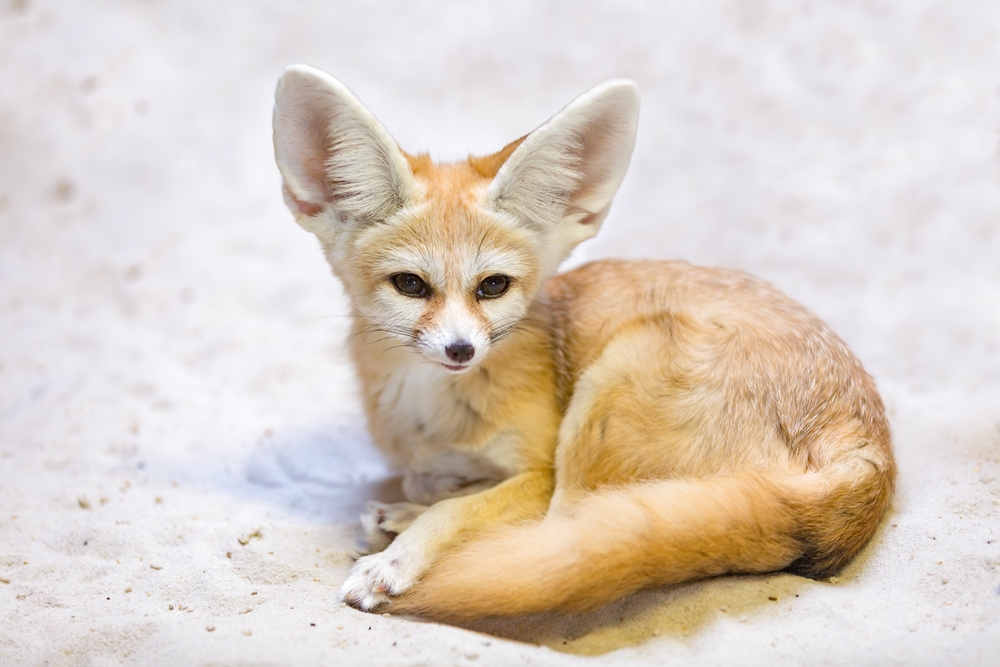
The fennec fox, with its oversized ears and diminutive size, is one of the most adorable animals roaming the deserts of North Africa. These nocturnal creatures are perfectly adapted to their harsh environment, using their large ears to dissipate heat and locate prey underground. While their petite stature might make them appear approachable, fennec foxes are not domesticated animals. They are skittish and can be intensely stressed by human handling.
Their sharp teeth and fast reflexes can lead to bites if they feel threatened. Interacting with fennec foxes can also disrupt their natural behavior and habitat, putting them at risk. True admiration for these creatures involves respecting their wild nature and supporting conservation efforts to protect their desert homes.
10. Hedgehog
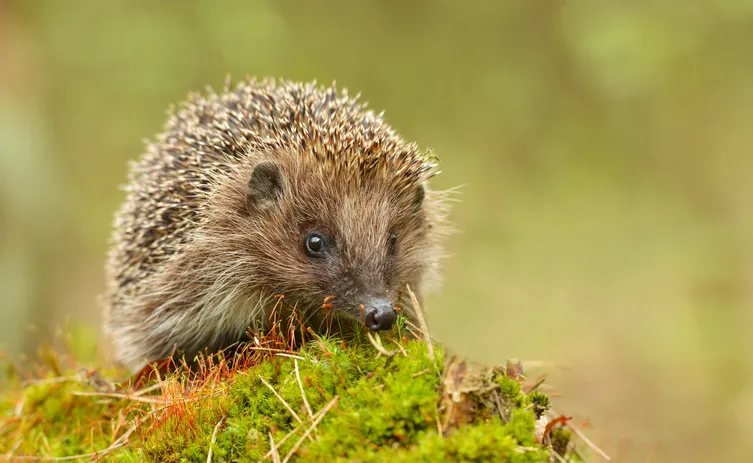
Hedgehogs have become popular pets, but it’s important to remember that wild hedgehogs are quite different from their domesticated counterparts. In the wild, these spiny mammals are solitary and nocturnal, roaming fields and gardens in search of food. Handling a wild hedgehog can cause significant stress and potentially harm both the animal and you. Their quills are not particularly dangerous but can be uncomfortable and lead to infection if they puncture the skin.
Wild hedgehogs can also carry parasites and diseases that may be transmitted to humans. By resisting the urge to pick them up, you’re allowing them to continue their vital role in the ecosystem as pest controllers. Observing hedgehogs from a distance ensures both their safety and yours, allowing these charming creatures to thrive in their natural habitats.
11. Koala
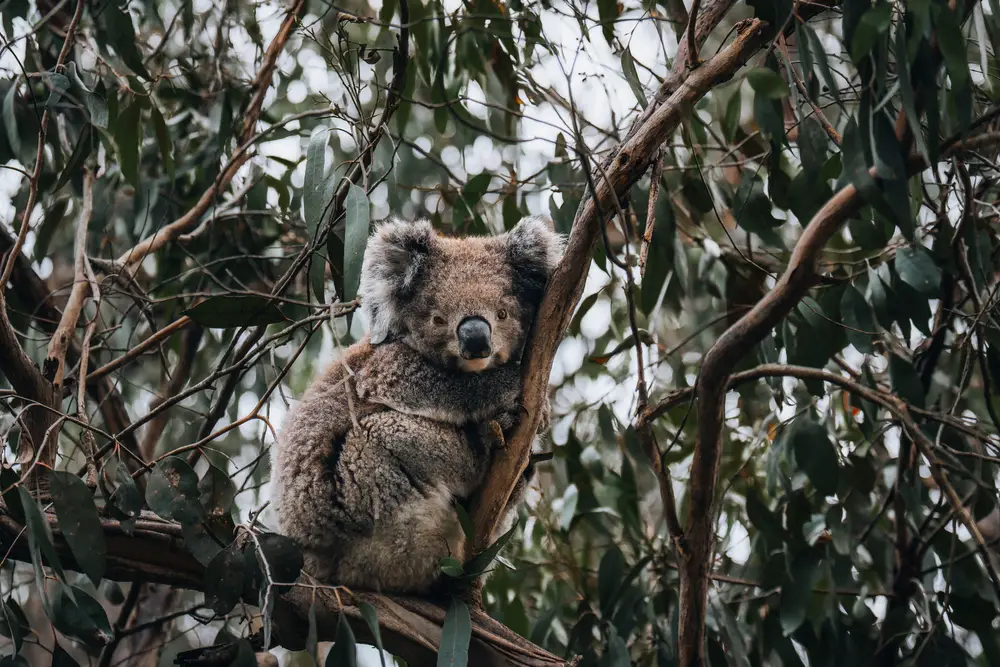
Koalas, with their fluffy ears and deceptively docile demeanor, are often mistaken for cuddly teddy bears. These iconic Australian marsupials spend most of their time dozing in eucalyptus trees, conserving energy for their low-nutrient diet. Despite their laid-back appearance, koalas have sharp claws and a strong bite, which they use for climbing and self-defense. Interacting with koalas can cause them stress, compromising their health and well-being.
Koalas are also prone to diseases like chlamydia, which can be transmitted to humans through close contact. Conservationists stress that it’s crucial to minimize human interaction to prevent these animals from becoming habituated or stressed. Supporting koala conservation efforts involves advocating for habitat preservation and understanding the importance of leaving them undisturbed in the wild.
12. Bison
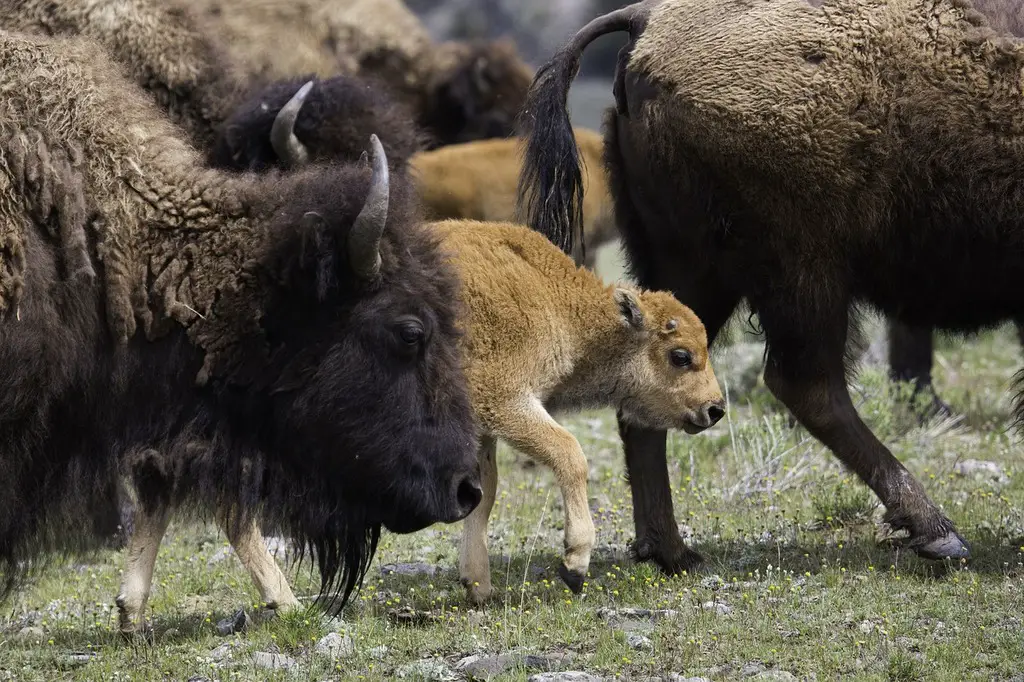
The American bison is a symbol of strength and resilience, roaming the plains with an imposing presence. Despite their massive size and rugged appearance, their calm grazing makes them appear approachable. However, bison are powerful creatures capable of charging at speeds of up to 35 miles per hour if provoked. Approaching them too closely can trigger aggressive behavior, posing a serious danger to humans.
The National Park Service advises maintaining a safe distance of at least 25 yards from bison to avoid potentially dangerous encounters. Human interaction can disrupt bison herds and stress the animals, affecting their health and social structures. Observing these majestic creatures from a respectful distance ensures your safety and helps preserve the delicate balance of their natural habitats.
13. Quokka
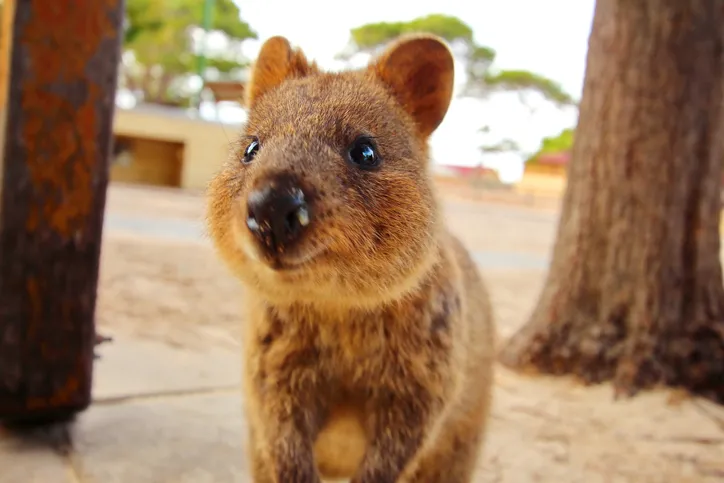
Quokkas have gained internet fame as the “world’s happiest animals” due to their perpetual smiles and friendly appearance. These small marsupials inhabit Australia’s Rottnest Island, where they’ve become tourist attractions in their own right. While they might seem eager for a selfie, quokkas are wild animals that should not be touched. Human food and close contact can harm their health, leading to malnutrition and disease.
Despite their approachable looks, quokkas can bite if they feel threatened or stressed. The Western Australian government emphasizes the importance of respecting quokka habitats and observing them without interference. By appreciating their cuteness from afar, you contribute to the conservation efforts that ensure these charming creatures continue to thrive.
14. Moose
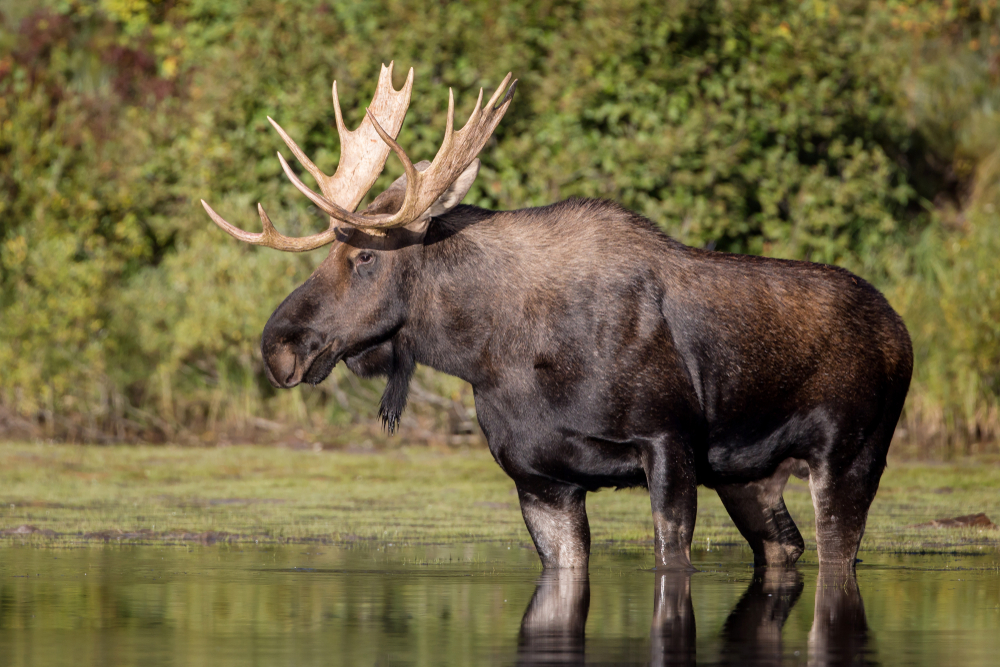
Moose are the gentle giants of the forest, with their towering antlers and serene expressions. Encountering a moose in the wild might seem like a peaceful experience, but it’s important to remember that these are powerful animals. Moose can be unpredictable and have been known to charge if they feel threatened or provoked. Their size and strength make them capable of causing serious injury to humans.
Approaching too closely can stress moose and create dangerous situations for both you and the animal. Wildlife experts recommend maintaining a distance of at least 50 yards to avoid potential conflict. Admiring moose in their natural habitat from a safe distance ensures their well-being and your safety, allowing these majestic creatures to roam freely.
15. Cassowary
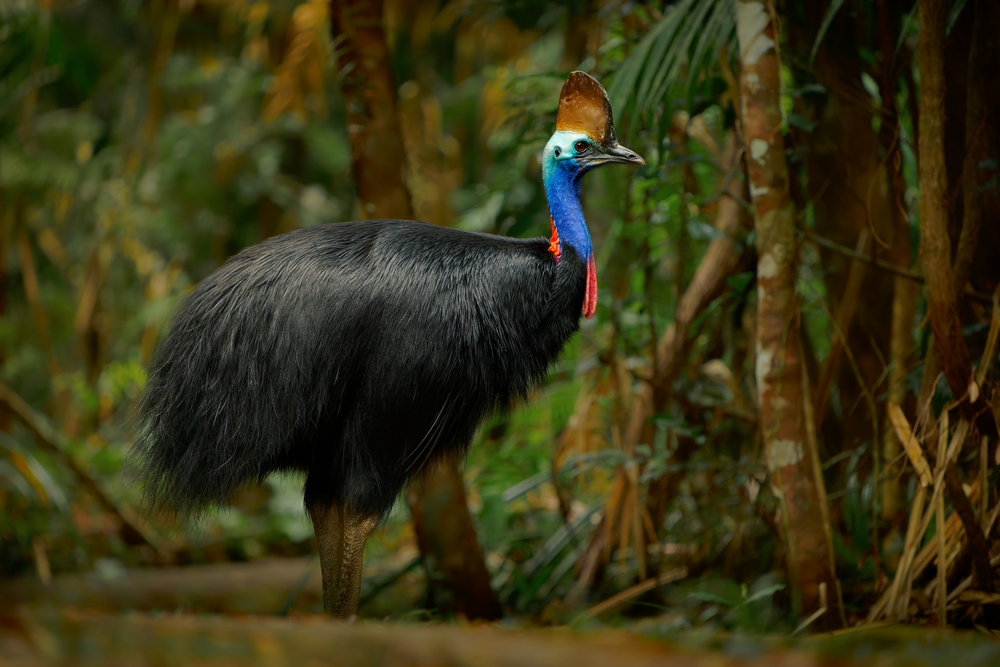
The cassowary is a striking bird native to the tropical forests of New Guinea and Australia. With its vibrant blue and black plumage and helmet-like casque, it’s a sight to behold. However, cassowaries are known as one of the world’s most dangerous birds, capable of inflicting serious injuries with their powerful legs and sharp claws. They can become aggressive if they feel threatened, making them unsuitable for close interaction.
Encounters with cassowaries can quickly turn dangerous, especially if the bird is cornered or protecting its young. Conservationists stress the importance of avoiding close contact and respecting the bird’s space and natural behavior. By appreciating the cassowary’s beauty from a safe distance, you’re contributing to conservation efforts that help protect these incredible birds and their habitats.
